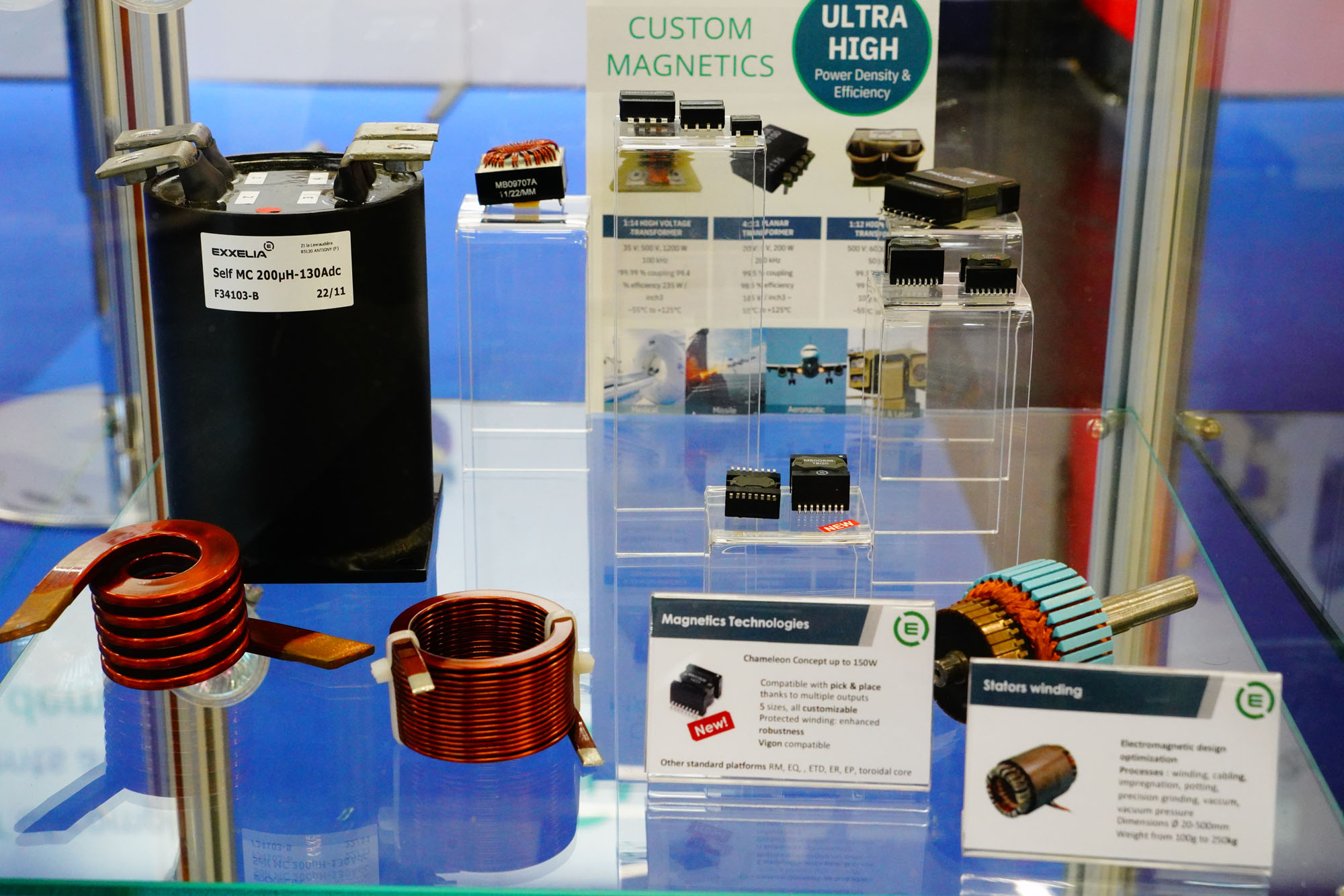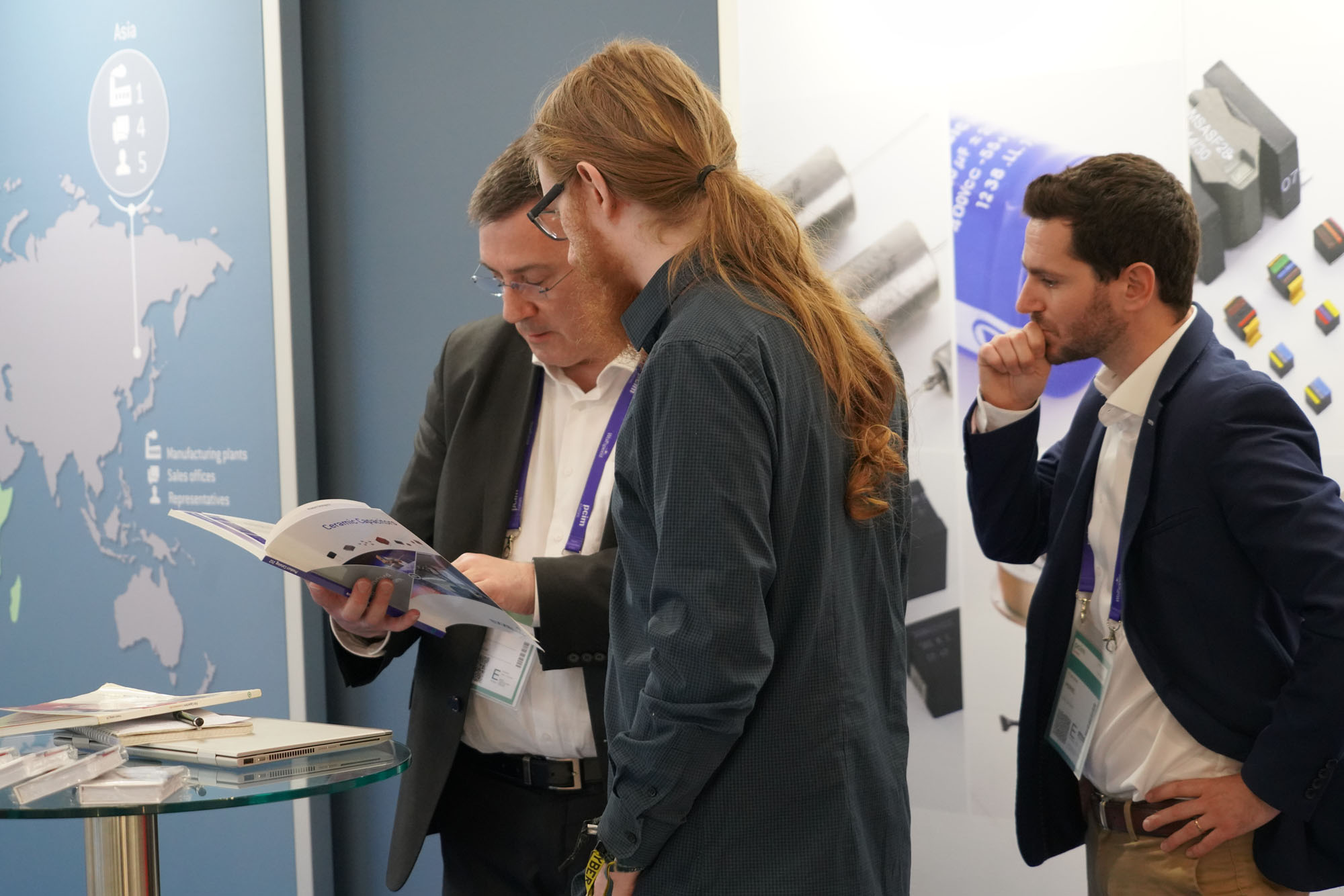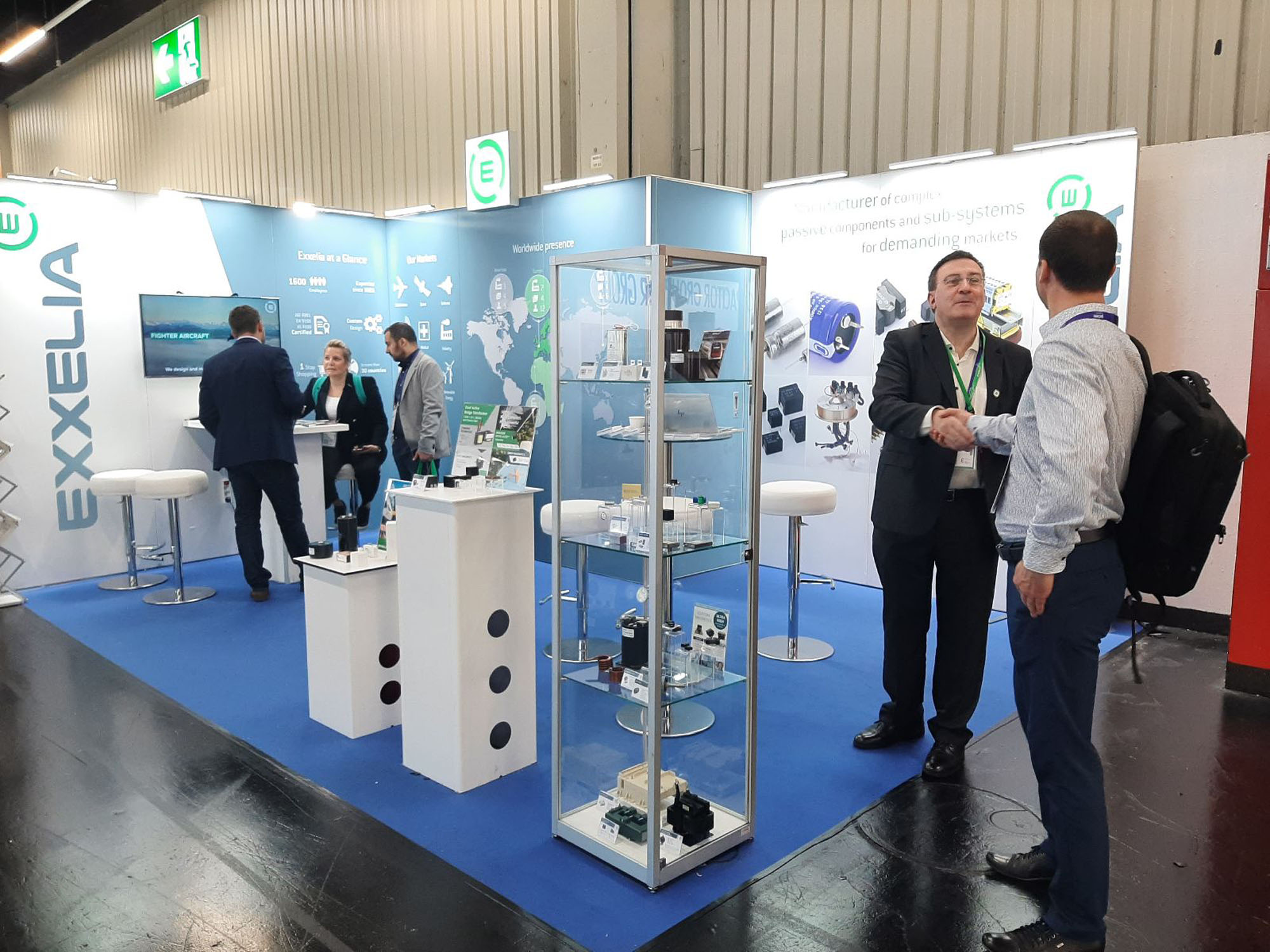Exxelia at PCIM Europe 2023
Exxelia is pleased to exhibit at PCIM Europe 2023 in NürnbergMesse GmbH, Nuremberg, Germany from May 9 to 11, 2023. Visit our booth H9 - 637. Discover how our innovative solutions could serve your offering.
Come and discover the latest innovations from Exxelia at our booth during the event. We have a range of high-quality products (Capacitors, Filters, Magnetics, Materials & Tuning Components, Position Sensors, Ohmcraft Resistors, Slip Rings & Rotary Joints) designed to meet the needs of your industry. We can't wait to show you how our solutions can improve your projects and increase your efficiency. Don't miss the opportunity to meet our team of experts and find out how we can help you achieve your goals. Join us at our booth for an enlightening experience.



